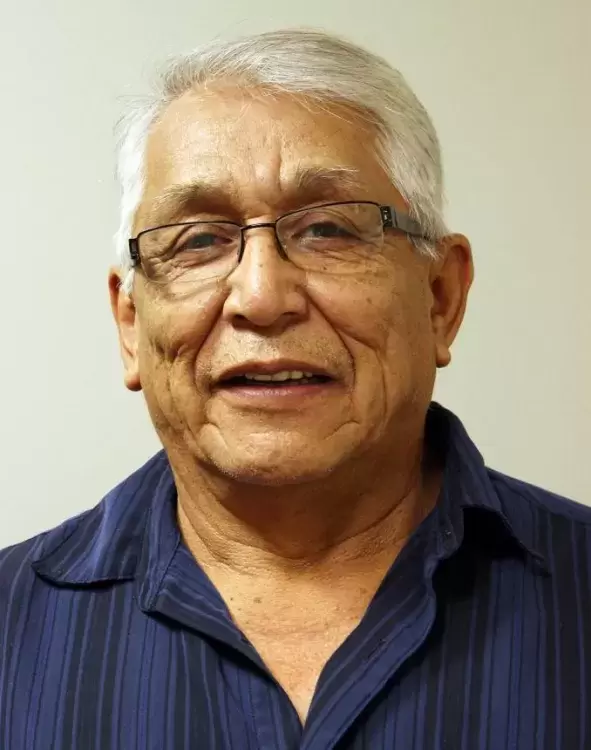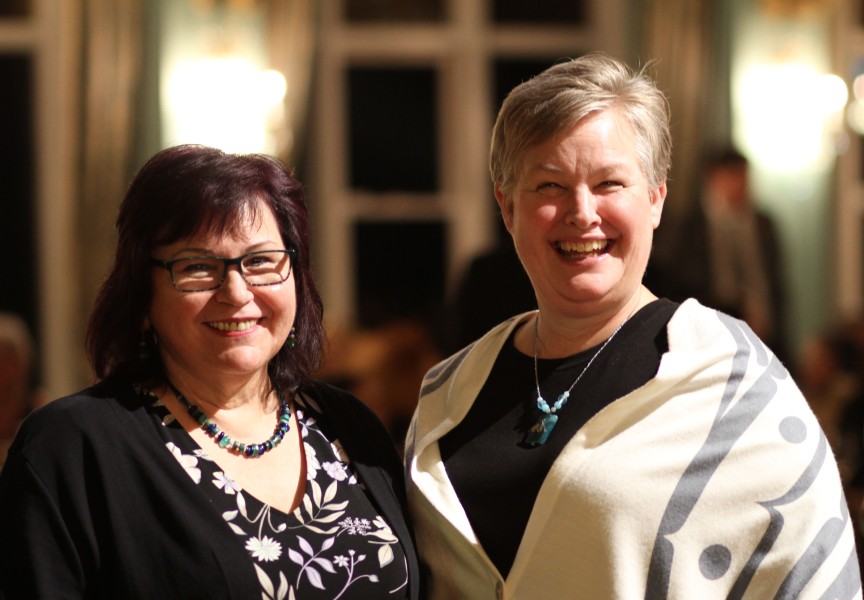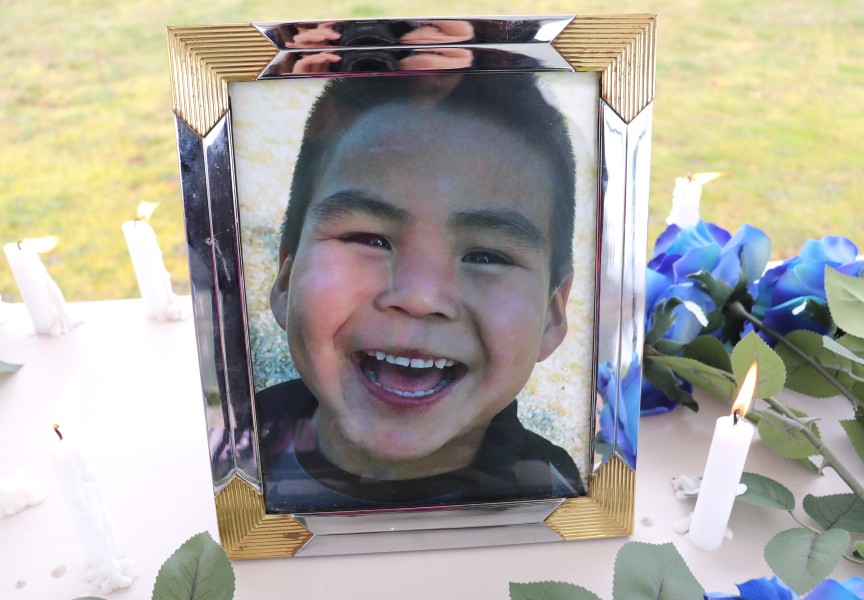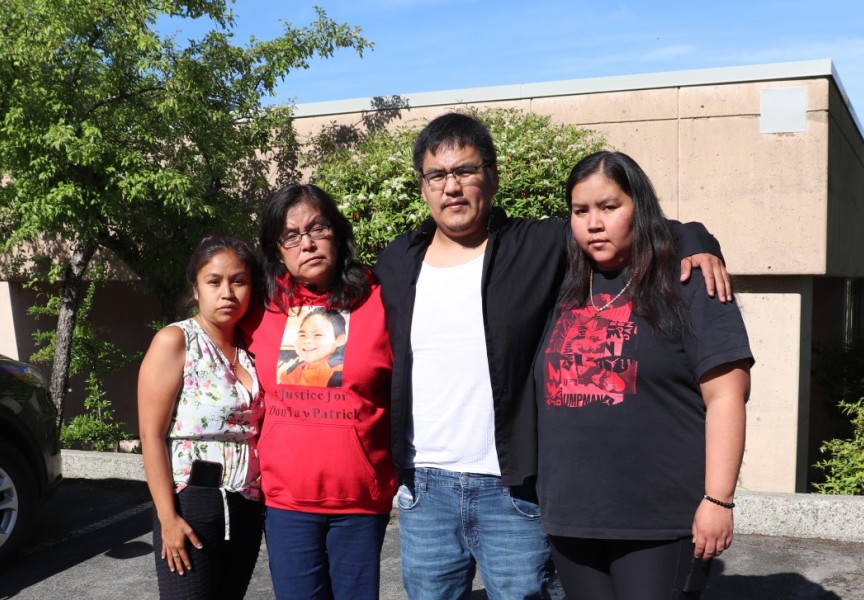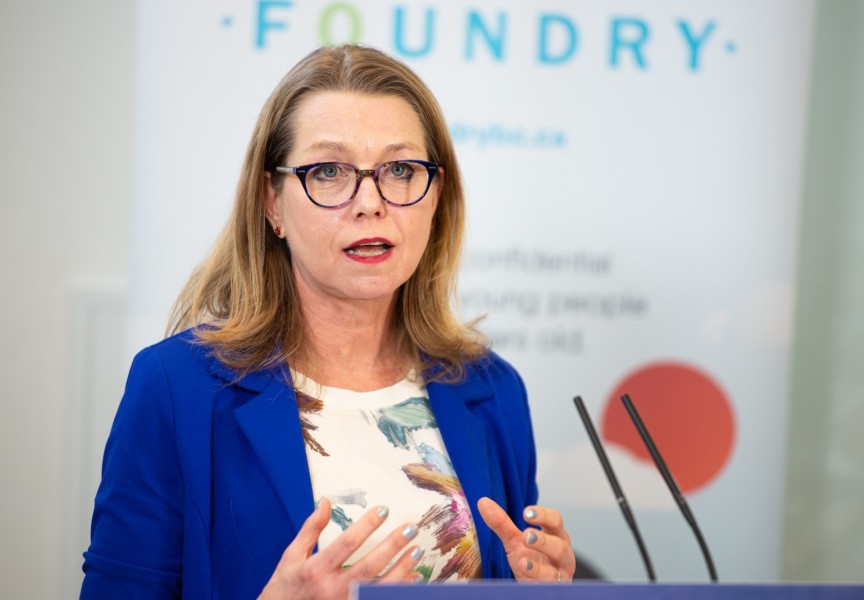In a move to decrease the number of its children in foster care, the Huu-ay-aht First Nations has committed $400,000 to help keep families together.
The First Nations’ executive council announced the investment in late July, following recommendations from an independent panel the Huu-ay-aht assembled to improve child protection and family welfare services. In a report released in June the panel spoke of “circles of protection” that Huu-ay-aht families need to better care for their children. This entails stronger assistance for families during periods of transition or when a parent is receiving addictions treatment. More front-line resources are needed, advised the panel, including counselling, co-parenting, household support, anti-violence education and transitional housing.
There are currently 34 Huu-ay-aht children in care, representing 17 per cent of the Nations’ 200 minors.
“Today we can focus on an approach that prevents Huu-ay-aht children [from being] taken away from their families,” said Chief Councillor Robert Dennis Sr. in a statement. “We were very vulnerable under federal and provincial family services regimes who systematically removed Huu-ay-aht children from their families and homes. Today, we begin our journey to keep our families intact and provide support and services to ensure Huu-ay-aht children are not removed from their families.”
Although the residential school system is no longer in place, the legacy of removing children from their families continues under the current foster care system, said Huu-ay-aht Councillor Sheila Charles in an interview with the Ha-shilth-sa in June. The investment will allow the Huu-ay-aht to hire three new positions to work with families. The Huu-ay-aht also plan to fill a recently vacated family welfare position.
“I am very, very pleased with how the panel listened to me and each and every person that they talked to through this process,” Charles said. “My vision is to prevent children from being taken in the first place, and the 30 recommendations will help make that a reality.”
Other recommendations to be implemented immediately include hiring two coordinators to manage committees for quality assurance as well as implementation and oversight of the child welfare recommendations. The First Nation is also planning to set aside money for legal advocates.
Charles said that the Huu-ay-aht’s new approach is not an alternative to the existing foster care system.
“That foster care system tends to decrease the level of trust from our citizens,” she said. “Therefore it is better that we do not take over that responsibility, but ratherfocus on preventing the children from being removed from the home in the first place. This will mean providing support to family members for healing from the intergenerational issues that result from colonization.”
The independent panel’s recommendations follow a report in March from Bernard Richard, B.C.’s representative for children and youth. Richard pointed to the underfunding of Dedicated Aboriginal Agencies, a shortage that undermines the ability of these services to keep families together.
“Instead of supporting prevention services, the funding model actually makes it more likely that Indigenous children will be removed from their families – a situation that I find appalling,” stated Richard in a March 30 presss release. “Furthermore, DAA’s funding does not take into consideration that their need is actually greater to address the intergenerational affects of residential schools and other colonial polices in Canada.”
In a report for the provincial government released last November, Grand Chief Edward John noted that the proportion of B.C.’s aboriginal children in care has actually declined from 6.4 per cent in 2007 to 5.6 per cent in 2016. But this still represents 61.2 per cent of all children and youth under government care in the province.
As the special advisor contracted for the Ministry of Children and Family Development, John recommended an overhaul to the foster care system to change the focus from separation to empowering families through improved support services.
“We will not see the desired change without strong and sustained leadership and action by Canada, B.C. and Indigenous parents and communities,” said John. “I know the willingness is there and I hope that this report helps advance an understanding of the steps required to both address the root causes of the existing ills of the child welfare system and practices, and work with Indigenous peoples to support root solutions.”
“We have a big job ahead of us to ensure that the 34 Huu-ay-aht children currently in care are returned to their families,” noted Robert Dennis Sr. “We want to see Huu-ay-aht families kept intact, supported, and nurtured in the strong tradition of the Huu-ay-aht family.”

